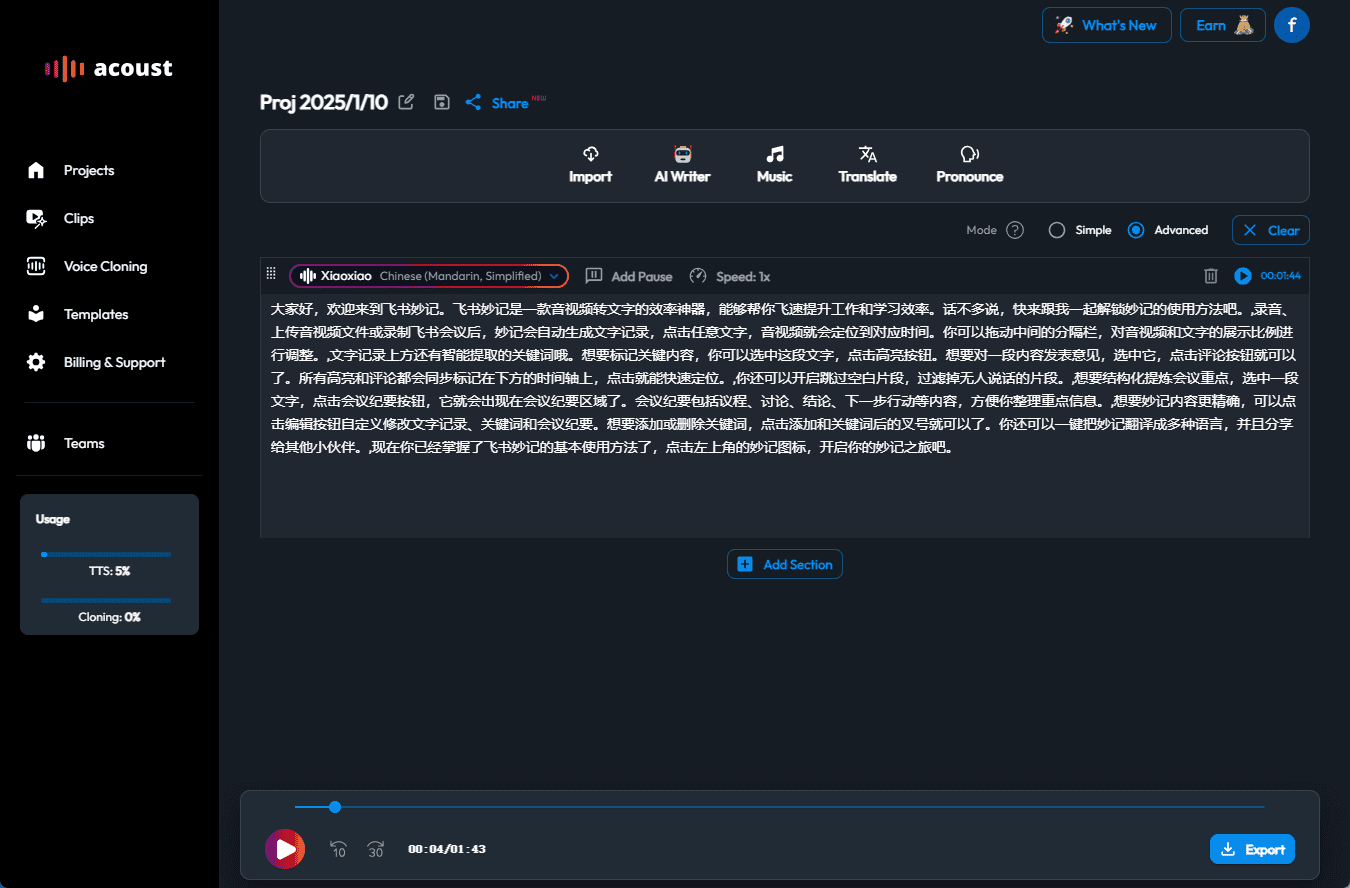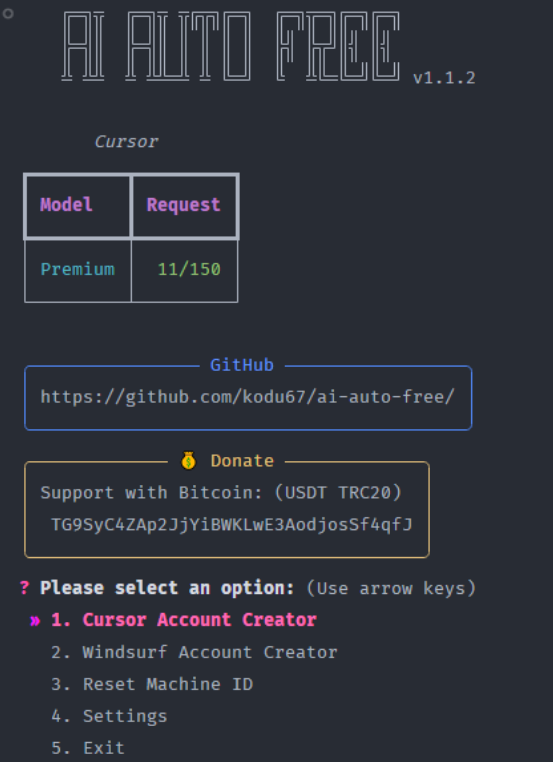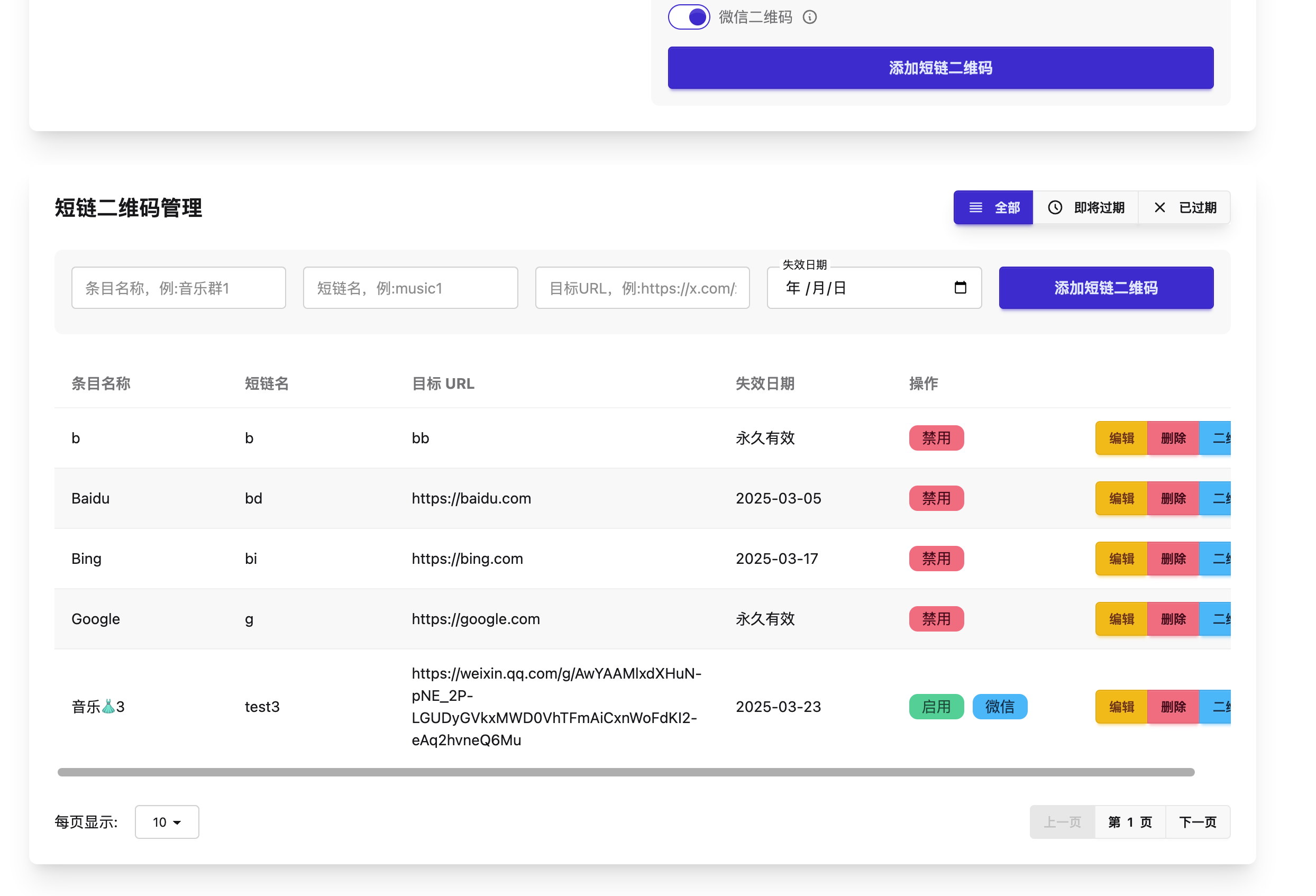DeepSeek-VL2: an expert visual language model for advanced multimodal understanding
General Introduction
DeepSeek-VL2 is a series of advanced Mixture-of-Experts (MoE) visual language models that significantly improve on the performance of its predecessor, DeepSeek-VL. The models excel in tasks such as visual question and answer, optical character recognition, document/table/diagram comprehension, and visual localization.The DeepSeek-VL2 family consists of three variants: DeepSeek-VL2-Tiny, DeepSeek-VL2-Small, and DeepSeek-VL2, with 1.0B, 2.8B, and 4.5B activation parameters, respectively. activation parameters, respectively. The models achieve comparable or superior performance to existing open-source dense and MoE models with similar or fewer number of parameters.
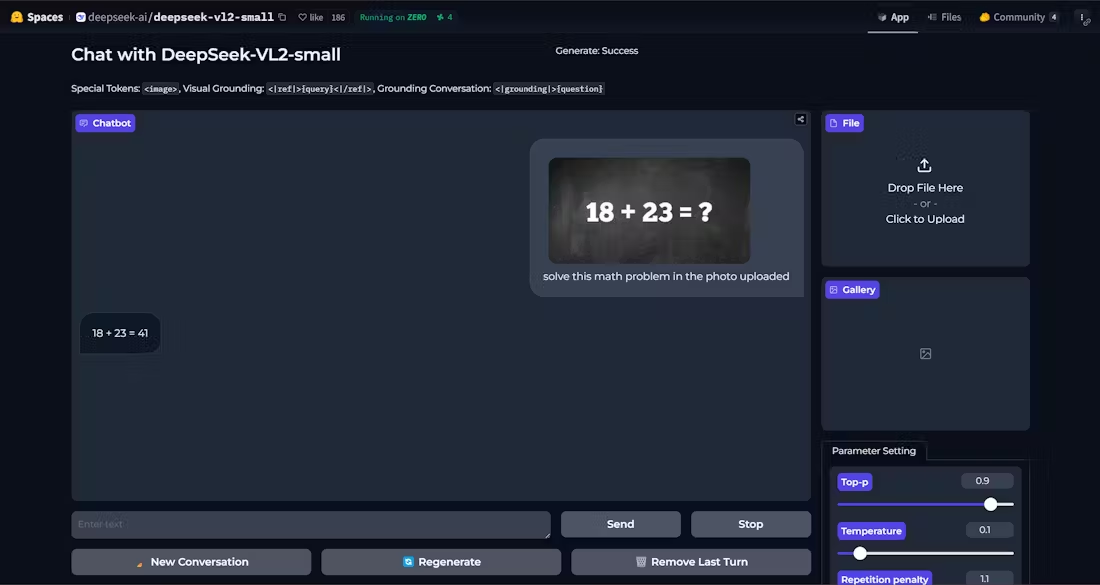
Demo: https://huggingface.co/spaces/deepseek-ai/deepseek-vl2-small
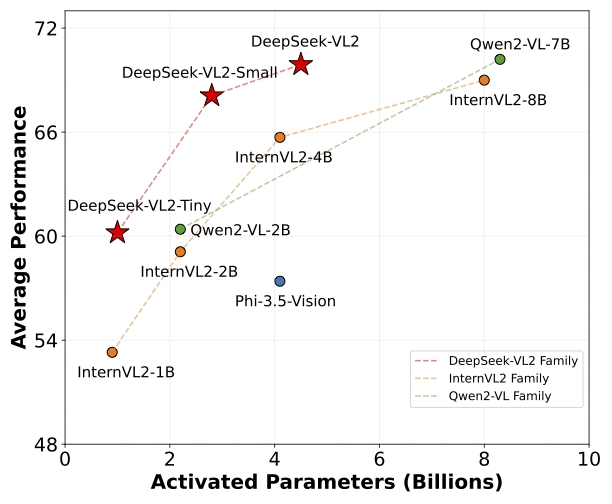
Function List
- Visual Q&A: Supports complex visual quizzing tasks by providing accurate answers.
- Optical Character Recognition (OCR): Efficient recognition of text content in images.
- Document Understanding: Parsing and understanding complex document structure and content.
- Form comprehension: Identify and process tabular data to extract useful information.
- Graphical understanding: Analyze and interpret data and trends in graphs and charts.
- visual orientation: Accurately locate the target object in the image.
- Multi-variant SupportThe Tiny, Small and Standard models are available to meet different needs.
- High performance: Reduces the number of activation parameters while maintaining high performance.
Using Help
Installation process
- Make sure Python version >= 3.8.
- Clone the DeepSeek-VL2 repository:
git clone https://github.com/deepseek-ai/DeepSeek-VL2.git
- Go to the project directory and install the necessary dependencies:
cd DeepSeek-VL2
pip install -e .
usage example
Example of simple reasoning
Below is sample code for simple inference using DeepSeek-VL2:
import torch
from transformers import AutoModelForCausalLM
from deepseek_vl2.models import DeepseekVLV2Processor, DeepseekVLV2ForCausalLM
from deepseek_vl2.utils.io import load_pil_images
# 指定模型路径
model_path = "deepseek-ai/deepseek-vl2-tiny"
vl_chat_processor = DeepseekVLV2Processor.from_pretrained(model_path)
vl_model = DeepseekVLV2ForCausalLM.from_pretrained(model_path)
# 加载图像
images = load_pil_images(["path_to_image.jpg"])
# 推理
inputs = vl_chat_processor(images=images, return_tensors="pt")
outputs = vl_model.generate(**inputs)
print(outputs)
Detailed function operation flow
- Visual Q&A::
- Load models and processors.
- Enter an image and a question and the model will return the answer.
- Optical Character Recognition (OCR)::
- utilization
DeepseekVLV2ProcessorLoad image. - The model is called for inference to extract the text in the image.
- utilization
- Document Understanding::
- Loads the input containing the document image.
- The model parses the document structure and returns the parsing result.
- Form comprehension::
- Enter an image containing the form.
- The model recognizes the structure and content of the form and extracts key information.
- Graphical understanding::
- Load the chart image.
- The model analyzes chart data, providing interpretation and trend analysis.
- visual orientation::
- Enter a description and image of the target object.
- The model locates the target object in the image and returns the position coordinates.
With the above steps, users can fully utilize the power of DeepSeek-VL2 to accomplish a variety of complex visual language tasks.
© Copyright notes
Article copyright AI Sharing Circle All, please do not reproduce without permission.
Related posts

No comments...


